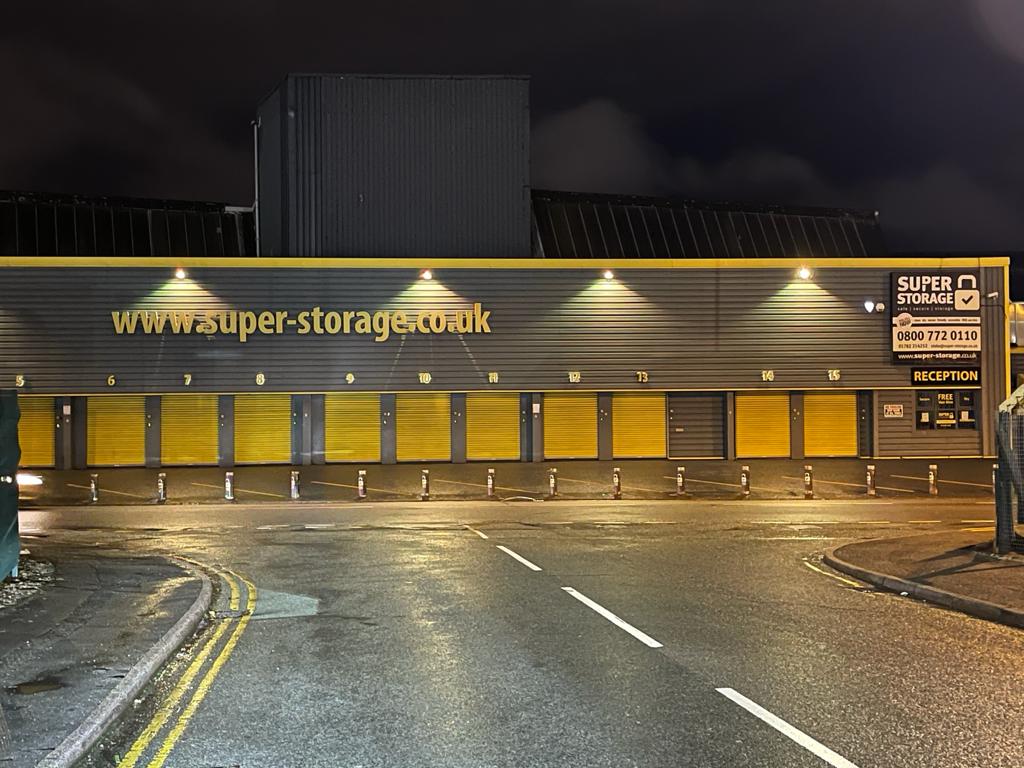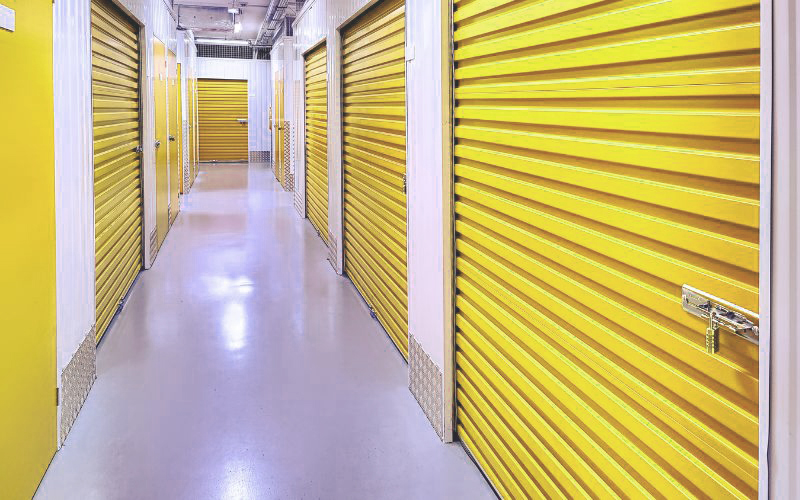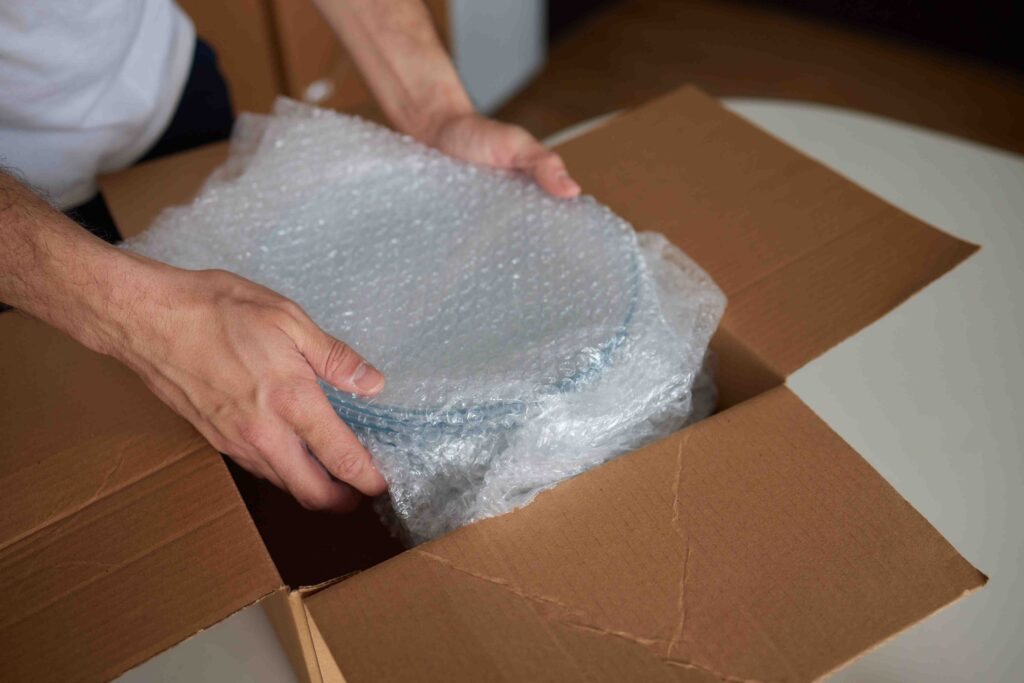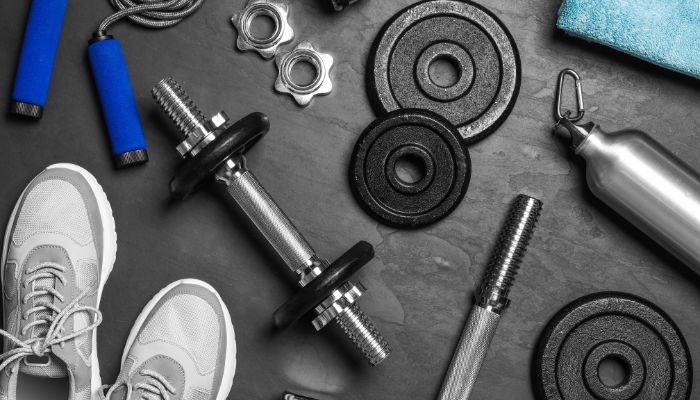Life doesn’t always go as planned, and sometimes, you need to hit pause on your fitness routine. Whether you’re downsizing, relocating, or simply making room at home, finding the right gym equipment storage solutions is crucial. Storing your gym equipment in a storage unit is a great way to protect your investment, but it requires careful planning. Before you pack away your weights and treadmill, it’s important to store them properly to prevent damage, maximise space, and ensure they’re ready to use when you need them again. This guide will walk you through the best practices for keeping your equipment in top condition.
Why You Should Keep Fitness Equipment in Self Storage

1. Frees Up Space at Home: Large gym equipment like treadmills, weight benches, and exercise bikes take up valuable space. Storing them in a self-storage unit keeps your home clutter-free.
2. Protects Your Investment: Gym equipment is expensive. A storage unit provides a secure, climate-controlled environment to prevent rust, dust, and wear.
3. Ideal for Temporary Relocation: If you’re moving, renovating, or travelling, self-storage ensures your fitness gear stays safe until you need it again.
4. Prevents Damage and Extends Lifespan: Storing equipment properly prevents damage from moisture, temperature changes, and improper handling, ensuring it lasts longer.
5. Great for Seasonal Use: Some fitness gear, like outdoor workout equipment, may not be needed year-round. Self-storage allows you to rotate items as per your workout needs.
6. Convenience and Easy Access: Many self-storage facilities offer flexible access hours, allowing you to retrieve or store equipment whenever needed.
7. Safe and Secure: Storage units come with security features like CCTV, gated access, and climate control, keeping your equipment safe from theft or damage.
Storing your gym equipment in a storage unit

Assess Your Equipment:
Before moving your gym equipment into a storage unit, it’s crucial to assess what you have and determine its size, weight, and any special storage considerations. Common gym equipment includes treadmills, elliptical machines, weight benches, dumbbells, barbells, and yoga mats. Take inventory of each item to plan the layout of your storage unit effectively.
Clean and Prepare:
Ensure all gym equipment is thoroughly cleaned and sanitised before storing it. Wipe down surfaces, remove any sweat or dirt buildup, and check for any damage or wear that may need repair. Disassemble larger equipment if possible to save space and make it easier to transport and store.
Climate Control Considerations:
Climate control can significantly impact the longevity of your equipment. Here’s why it might be worth the extra cost:
- Prevent Rust: Metal weights and equipment are susceptible to rust in humid environments. Climate-controlled units maintain a consistent temperature and humidity level, minimising the risk of rust formation.
- Protect Against Warping: Extreme heat can warp plastic components on exercise bikes and treadmills. Climate control helps maintain a moderate temperature, preventing such damage.
- Leather Preservation: Leather components on benches and weight belts can dry out and crack in hot, dry environments. Climate control ensures a stable environment for optimal leather preservation.
Packing for Protection

Now that you’ve organised your unit, it’s time to secure your equipment for long-term storage. Here are some additional tips:
- Wrap It Up: Use moving blankets or bubble wrap to protect delicate equipment surfaces from scratches and dings during storage.
- Lubricate Moving Parts: Apply appropriate lubricants to treadmills, bikes, and weight machines to prevent rust and ensure smooth operation.
- Box It Smart: For smaller equipment like dumbbells and kettlebells, use sturdy cardboard boxes with clear labels for easy identification later.
- Don’t Forget the Manual: Manuals are lifesavers when it’s time to reassemble your equipment. Store them in a waterproof container within your unit for easy access.
- Moisture Matters: Consider placing a moisture absorber in your unit to minimise humidity levels and protect your belongings.
Efficient Storage Strategies in Your Unit
Maximise Vertical Space: Invest in sturdy shelving units to elevate lighter items like dumbbells, weight plates, and yoga blocks. Utilise the walls for hooks to hang jump ropes, resistance bands, and foam rollers.
Utilise Floor Space Strategically: Place heavier equipment like barbells and weight benches directly on the floor for stability.
Leave Room for Breathing: Avoid cramming equipment into the unit. Allow for proper ventilation to prevent moisture buildup and potential mould growth.
Secure Your Unit: Ensure that your Storage Unit is properly secured with a sturdy lock to protect your gym equipment from theft or unauthorised access. Choose a reputable storage facility with security features such as surveillance cameras, gated access, and on-site staff to provide added peace of mind.
Read More: How to Store Shoes in a Storage Unit for long-term?
Conclusion:
Storing gym equipment in a storage unit offers a practical solution for individuals facing space constraints at home. By following these tips for proper organisation, cleaning, packaging, and utilising space efficiently, you can ensure that your gym equipment remains in top condition and ready for use whenever you need it. With the right planning and preparation, you can create a dedicated space for your fitness gear and continue pursuing your health and wellness goals with ease.




